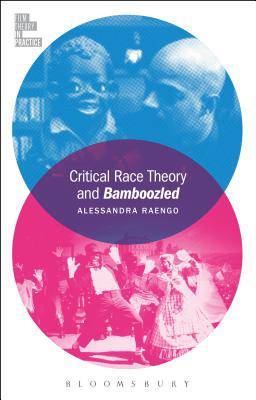
- Retrait gratuit dans votre magasin Club
- 7.000.000 titres dans notre catalogue
- Payer en toute sécurité
- Toujours un magasin près de chez vous
- Retrait gratuit dans votre magasin Club
- 7.000.0000 titres dans notre catalogue
- Payer en toute sécurité
- Toujours un magasin près de chez vous
Description
The Film Theory in Practice series fills a gaping hole in the world of film theory. By marrying the explanation of film theory with interpretation of a film, the volumes provide discrete examples of how film theory can serve as the basis for textual analysis. The third book in the series, Critical Race Theory and Bamboozled, offers a concise introduction to Critical Race Theory in jargon-free language and shows how this theory can be deployed to interpret Spike Lee's critically acclaimed 2000 film Bamboozled.
The most common approach to issues of "race" and "otherness" continues to focus primarily on questions of positive vs. negative representations and stereotype analysis. Critical Race Theory, instead, designates a much deeper reflection on the constitutive role of race in the legal, social, and aesthetic formations of US culture, including the cinema, where Bamboozled provides endless examples for discussion and analysis. Alessandra Raengo's Critical Race Theory and Bamboozled is the first to connect usually specialized considerations of race to established fields of inquiry in the humanities, particularly those concerned with issues of representation, capital, power, affect, and desire.Spécifications
Parties prenantes
- Auteur(s) :
- Editeur:
Contenu
- Nombre de pages :
- 216
- Langue:
- Anglais
- Collection :
Caractéristiques
- EAN:
- 9781501305801
- Date de parution :
- 20-10-16
- Format:
- Livre relié
- Format numérique:
- Genaaid
- Dimensions :
- 135 mm x 198 mm
- Poids :
- 340 g

Les avis
Nous publions uniquement les avis qui respectent les conditions requises. Consultez nos conditions pour les avis.






